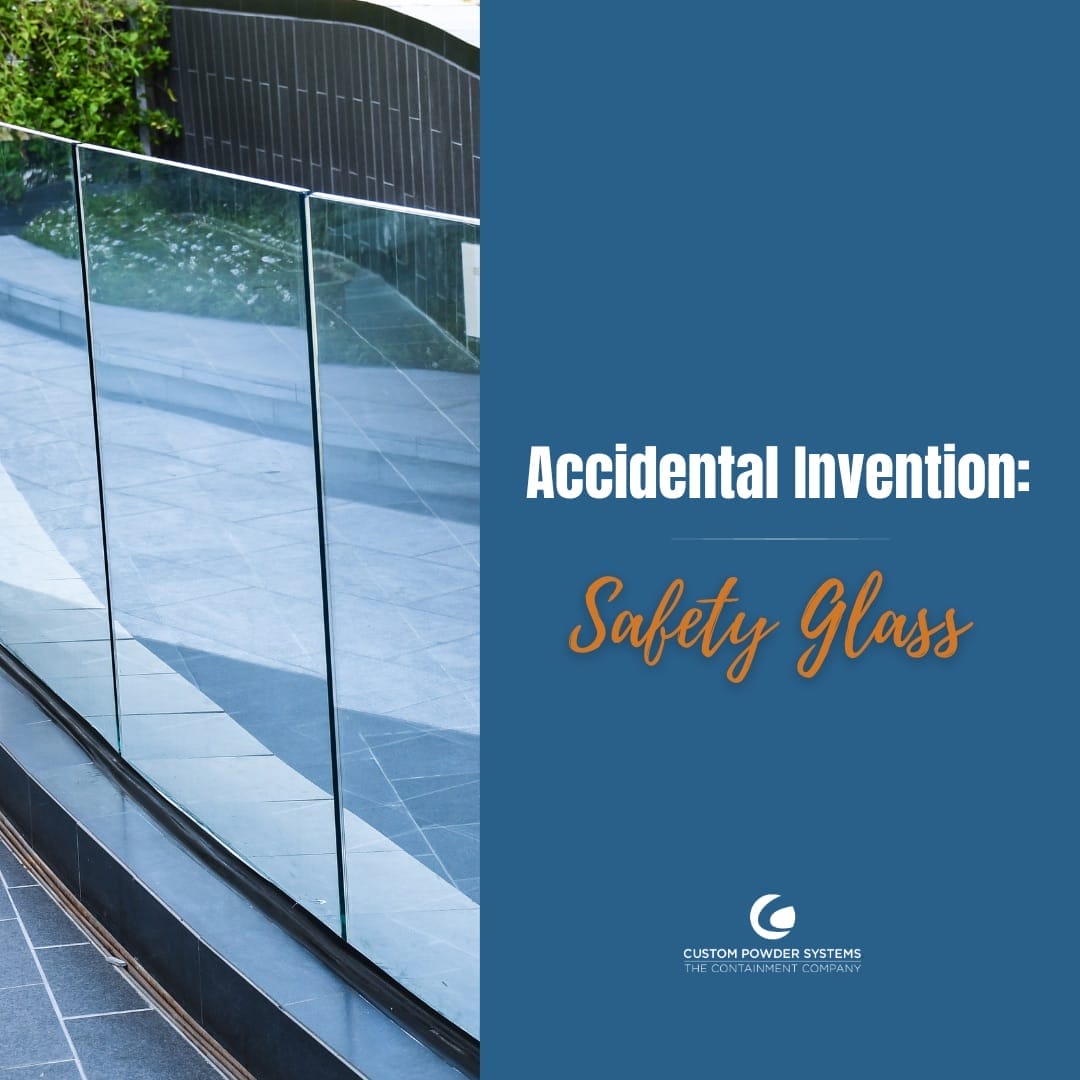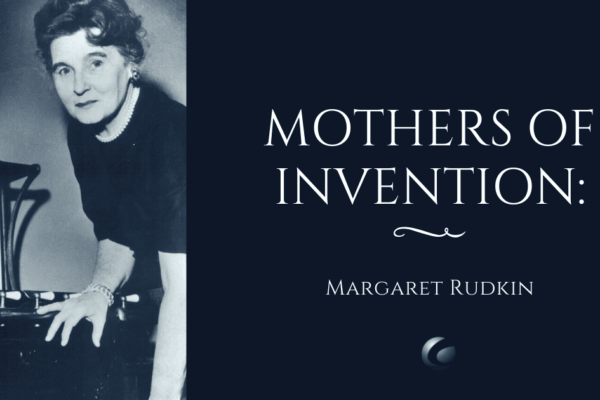Safety glass is commonly used in various applications where human safety is paramount. You’ll find it in vehicle windshields, architectural windows, shower enclosures, and computer monitors. As prevalent as this material has become, it’s a wonder to think it was stumbled upon by accident over a century ago.
We interact with glass daily, whether through our windows, eyeglasses, or smartphones. It’s a material so ubiquitous that we often take it for granted.
But safety glass is not your typical glass. Unlike regular glass, which shatters into sharp, dangerous shards when broken, it is designed to minimize injury in case of breakage. It does this by breaking into small, relatively harmless pieces or holding them together in a single sheet despite being cracked.
A Clumsy Discovery
In 1903, a French chemist named Édouard Bénédictus was working with a flask that had contained a dried residue of an alcohol solution of collodion. When he accidentally dropped the flask, he was surprised to see it didn’t shatter into shards as expected. Instead, it broke but held together in one piece.
Bénédictus’s discovery spurred further research into developing this newfound “unbreakable” glass. By 1909, he patented a product he called “triplex,” which consisted of two sheets of glass and a film of cellulose nitrate in between. Eventually, the middle layer was replaced by polyvinyl butyral (PVB) due to its improved strength and ability to maintain clarity. This highly durable material soon took shape as one of the main types of safety glass used today.
Different Types of Safety Glass
Laminated and tempered glass are two distinct types of safety glass, each with its own unique characteristics and advantages. The choice between the two depends on the specific safety and structural requirements of the application.
Laminated Glass
Laminated glass is constructed by sandwiching a layer of vinyl between two or more layers of glass, making it resilient and able to hold together when shattered and preventing it from breaking into sharp, dangerous pieces.
It excels in situations where maintaining the glass’s integrity upon impact is crucial, such as with automotive windshields, architectural windows, and glass doors. It provides protection against collisions and forced entry and even offers sound insulation. Laminated glass maintains its clarity even when cracked or shattered, making it ideal for architectural applications.
Tempered Glass
Tempered glass is made by heating regular glass to a high temperature and then rapidly cooling it, creating internal stresses that make it four to five times stronger than untreated glass. It is strong and designed to break into small, relatively harmless pieces when subjected to significant force, minimizing the risk of large, injury-inducing shards.
This type of glass is often used in applications where safety is important but maintaining structural integrity is not a primary concern. It’s commonly found in shower enclosures, phone screens, and automotive side and rear windows. Tempered glass is more resistant to scratches and other minor damage, making it suitable for everyday applications.
Applications of Safety Glass
Safety glass has become a staple in the construction and manufacturing of many of the items and structures we encounter every day. Some of the most common uses of it are:
1. Automotive Windows and Windshields: Car windshields are a prime example of safety glass. They are designed to stay intact in case of impact, while the passenger windows are designed to break into smaller, less harmful pieces, reducing the risk of injuries during accidents.
2. Large-Scale Architecture: Glass panels and windows in skyscrapers and public buildings use safety glass that can handle severe weather and accidents. It can also be used indoors for flooring, handrails, and viewing partitions.
3. Bulletproof Glass: In situations where extra durability is required, tempered and laminated glass can be combined to create bulletproof glass resistant to ballistic impact. This might be found in banks, government buildings, and military vehicles.
4. Commercial Businesses: Stores often employ safety glass in their doors, windows, and display cases to protect their spaces and expensive merchandise, such as art and jewelry, from potential damage and theft.
5. Residential Buildings: In houses, safety glass can be found in sliding doors, shower enclosures, and skylights. It can also be used in appliances such as oven doors, refrigerator shelves, and computer monitors.
From protecting us on the road to safeguarding us from architectural mishaps and potential injuries, safety glass has become an invaluable material in various applications. As we gaze through our windows, glance at our smartphones, and drive our cars, we can appreciate the hidden safety net that this ingenious invention provides, all thanks to one chemist’s accidental discovery over a century ago.
If you enjoyed this invention story, you might also like these about automatic doors, vending machines, and flushing toilets.
To learn more about Custom Powder Systems and the art of engineering, sign up for our newsletter.







